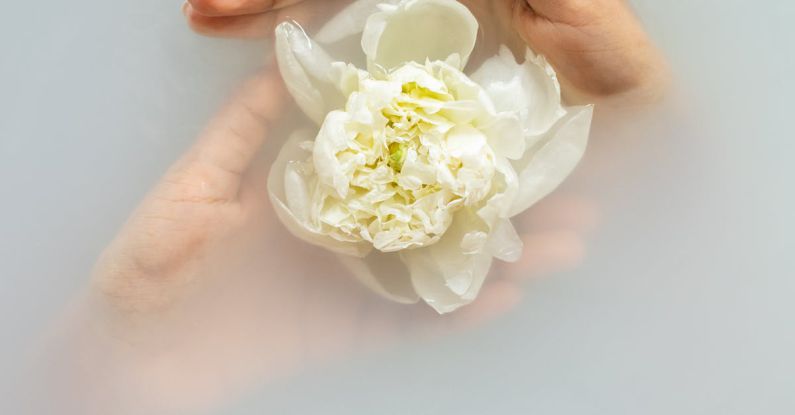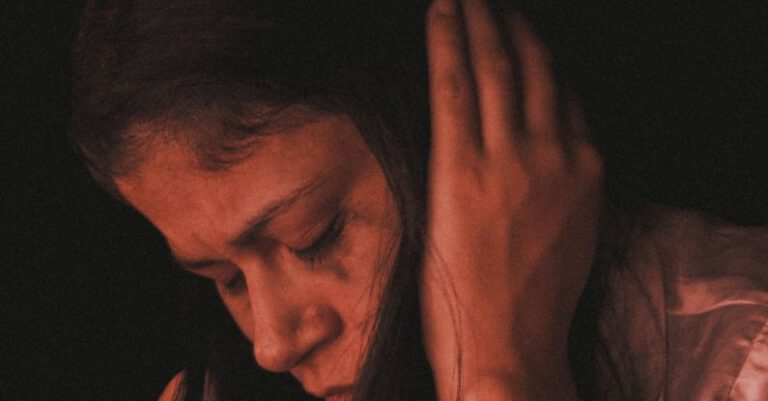
As the seasons change and daylight hours become shorter, many individuals experience a form of depression known as Seasonal Affective Disorder (SAD), also commonly referred to as seasonal depression. This condition can lead to feelings of fatigue, low energy, and mood swings, affecting one’s overall well-being. Fortunately, light therapy has emerged as a promising treatment for managing the symptoms of seasonal depression. In this article, we will explore how light therapy can be used effectively to alleviate the effects of seasonal depression.
Understanding Seasonal Depression
Seasonal depression is a type of depression that occurs at a specific time of the year, typically during the fall and winter months when there is less natural sunlight. The lack of sunlight can disrupt the body’s internal clock, leading to changes in mood, sleep patterns, and energy levels. Symptoms of seasonal depression may include feelings of sadness, irritability, difficulty concentrating, and changes in appetite.
How Light Therapy Works
Light therapy, also known as phototherapy, involves exposure to a bright light that simulates natural sunlight. This therapy works by helping to regulate the body’s circadian rhythms and melatonin levels, which can become imbalanced during the darker months of the year. By exposing oneself to bright light, typically through a light therapy box, individuals can effectively mimic the effects of natural sunlight and alleviate the symptoms of seasonal depression.
Choosing the Right Light Therapy Box
When considering light therapy for seasonal depression, it is essential to choose the right light therapy box. These boxes emit a specific type of light that is brighter than indoor lighting but does not contain harmful UV rays. When selecting a light therapy box, look for one that provides at least 10,000 lux of light intensity and emits white or blue light, as these are most effective in treating seasonal depression.
Using Light Therapy Safely
It is crucial to use light therapy safely to ensure maximum benefits and avoid potential side effects. To start, position the light therapy box at eye level and at a distance of about 16-24 inches from your face. It is recommended to use the light box for approximately 20-30 minutes each morning, preferably within the first hour of waking up. Be sure to consult with a healthcare provider before starting light therapy, especially if you have pre-existing eye conditions or are taking medications that may increase sensitivity to light.
Incorporating Light Therapy into Your Routine
To experience the full benefits of light therapy, it is essential to incorporate it into your daily routine consistently. Set aside time each morning for your light therapy session, and try to maintain a regular schedule to establish a sense of routine. Some individuals find it helpful to use light therapy while engaging in other activities, such as reading, working, or having breakfast, to make the experience more enjoyable and convenient.
Combining Light Therapy with Other Treatments
While light therapy can be effective on its own, combining it with other treatments can enhance its benefits in managing seasonal depression. Lifestyle modifications, such as regular exercise, healthy eating, and adequate sleep, can complement the effects of light therapy. Additionally, psychotherapy and medication may be recommended for individuals with severe symptoms of seasonal depression. Be sure to discuss all treatment options with your healthcare provider to develop a comprehensive plan tailored to your needs.
Making Light Therapy a Part of Your Self-Care Routine
In conclusion, light therapy is a safe and effective treatment option for managing seasonal depression symptoms. By understanding how light therapy works, choosing the right light therapy box, using it safely, and incorporating it into your daily routine, you can experience relief from the effects of seasonal depression. Remember to consult with your healthcare provider before starting light therapy to ensure it is a suitable treatment option for you. Prioritize self-care and make light therapy a valuable tool in maintaining your mental well-being throughout the changing seasons.





